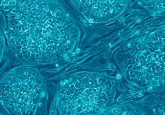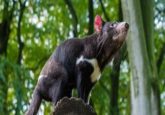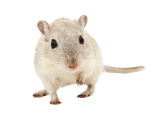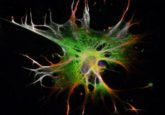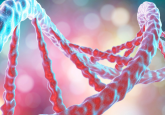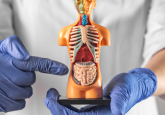Alveolar stem cells offer hope for lung disorders
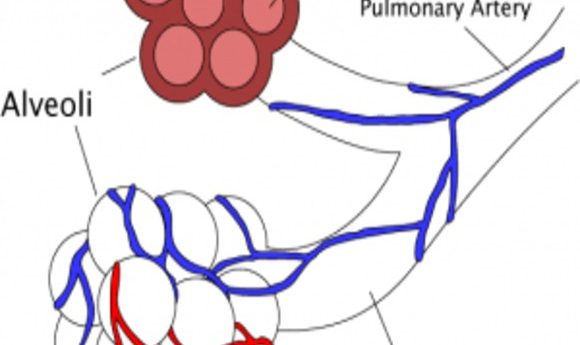
Researchers identified lung stem cells that aid regeneration
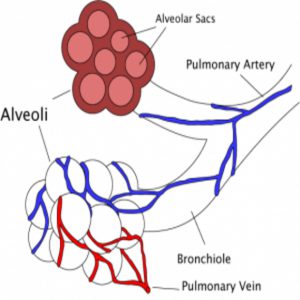
The lung is a complex organ that is essential for life, so researchers have spent many years searching for ways to regenerate it. Extensive lineage tracing studies in mice shed light on certain types of lung stem cells or progenitors that can regenerate the lung epithelium after injury, although their role in human lung regeneration is unknown. A new study by Edward Morrisey from the University of Pennsylvania reports the identification and isolation of lung stem cells in the alveoli that can give rise to alveolar cell types after injury in mice as well as in humans (1).
Morrisey’s group previously observed that epithelial cells in the alveoli, including Type I and Type II alveolar epithelial cells (AECs), were regulated by Wnt signaling (2), which plays a major role in organ development and cancer. “We identified these cells that were positive for the downstream Wnt target AXIN 2 in a previous paper few years ago, and explored their role in late stage of lung maturation, so we wanted to see if they existed in the adult mature lung,” said Morrisey.
In this study, Morrisey’s team showed that 20% of type II AECs are AXIN2 positive in mice. These cells were alveolar epithelial progenitors (AEPs) capable of multiplying and differentiating into type I and II AECs—the main cells responsible for gas exchange and elasticity in the lungs. AEPs are distinct at the genomic and RNA level from type II AECs, which are considered alveolar stem cells.
“It’s always an over-arching concern that if you find something in a mouse, well that’s great, it’s the mouse,” said Morrisey. “It’s not people.”
To identify these same cells in humans, the researchers needed a marker specific to AEPs that could be used for isolating the cells. With the help of their genomic and RNA profile data, they identified several gene targets that were enriched in AEPs, and validated the protein expression with antibodies. “We went through a whole series of antibodies,” Morrisey recalled. “I think we tried 10 or 12 antibodies and then we found the one: TMSF4. That was remarkable.”
With this antibody in hand, the team finally identified and isolated AEPs from humans. Human AEPs share many similarities with mouse AEPs, including the ability to give rise to both type I and II AECs and to contribute towards alveolar regeneration.
Morissey hopes that these findings will advance research into the key cell types involved in functional lung regeneration, and eventually lead to therapies for activating these cells for lung regeneration.
